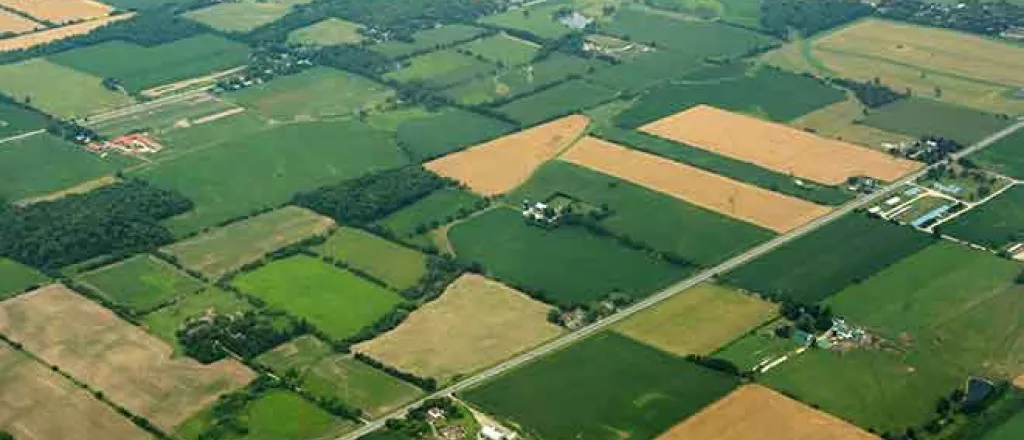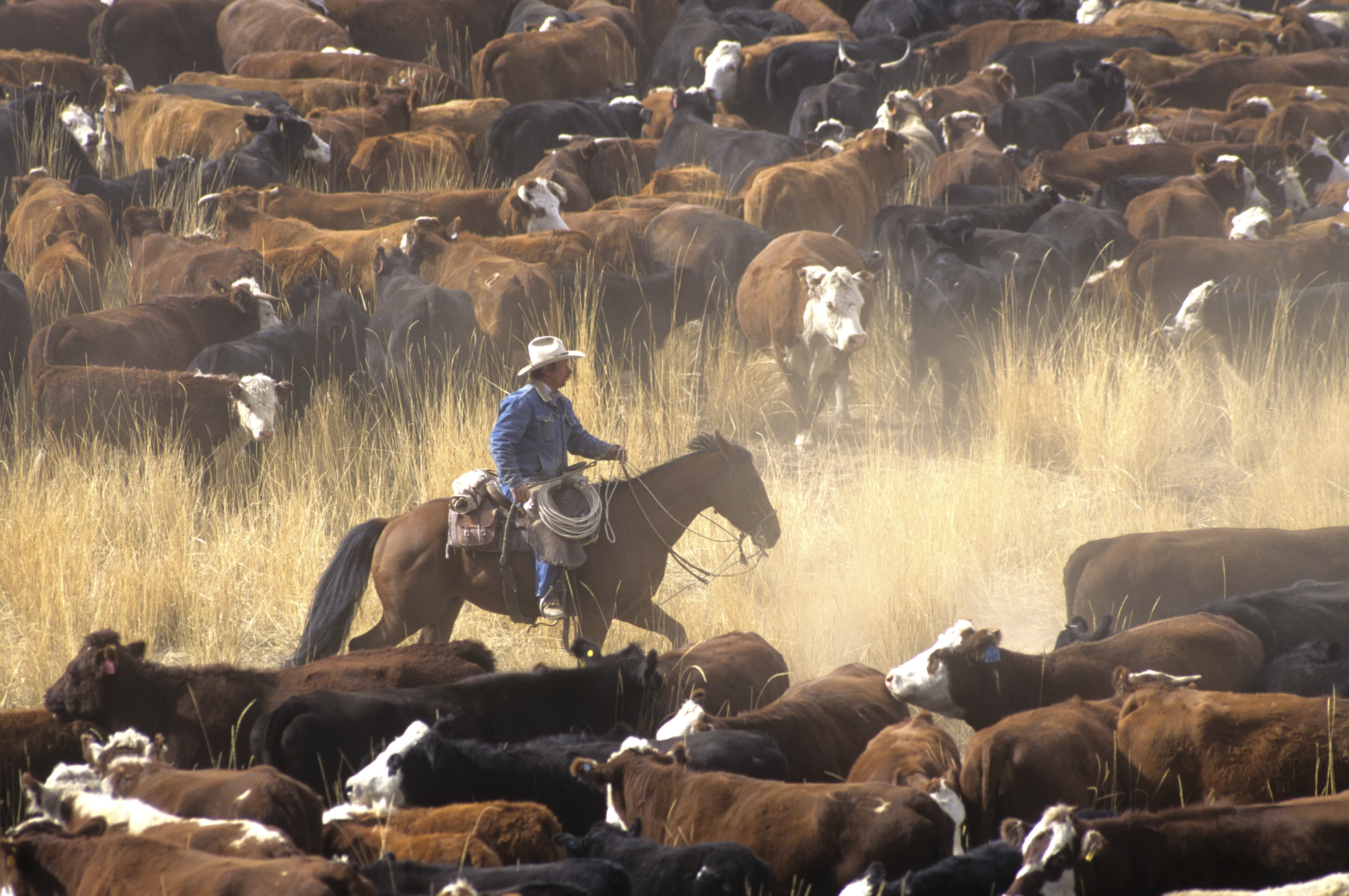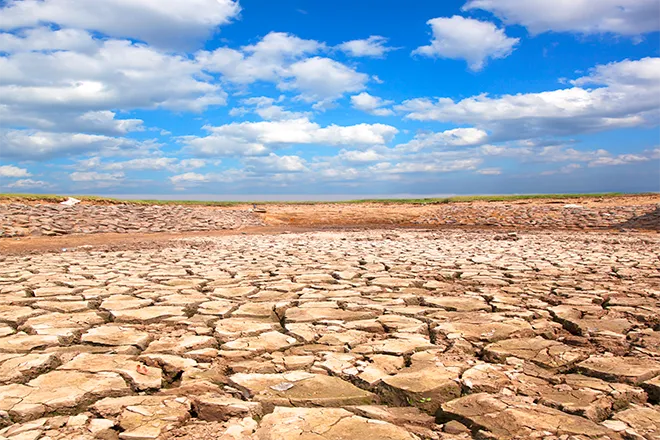
Total Farms and Ranches in Colorado Unchanged 2017
The number of farms and ranches in Colorado in 2017 totaled 33,800, unchanged from the 2016 estimate. Total land in farms in Colorado, at 31.8 million acres, was up less than one-half percent from the 2016 estimate. The average size of farm was 941 acres, compared to 938 acres the previous year.
The number of farms in the United States for 2017 is estimated at 2.05 million, down 12 thousand farms from 2016. Total land in farms, at 910 million acres, decreased 1 million acres from 2016. The average farm size for 2017 is 444 acres, up 2 acres from the previous year.
Farm numbers and land in farms are differentiated by six economic sales classes. Farms and ranches are classified into these six sales classes by summing the sales of agricultural products and government program payments. Sales class breaks occur at $10,000, $100,000, $250,000, $500,000, and $1,000,000. Producers were asked during the 2017 mid-year surveys to report the value of sales based on production during the 2016 calendar year.
Point Farms are farms that did not have the required minimum $1,000 in sales for the year to qualify as a farm, but had sufficient crops and livestock to normally have sales of $1,000 or more. Point Farms are assigned a sales class based on the sum of the agricultural point (dollar) values assigned to the quantity of commodities produced but not sold. The 2012 Census of Agriculture showed that 428,810 farms or 20.3 percent of the 2.11 million farms were Point Farms. These Point Farms operated 63.0 million acres or 6.9 percent of the 914.5 million acres of farmland.
Number of farms declined by 12 thousand from 2016. The number of farms in Sales Classes $100,000 - $249,999 and $1,000,000 or more increased while all other sales classes declined. Fifty percent of all farms had less than $10,000 in sales. Eighty percent of all farms had less than $100,000 in sales. Eight percent of all farms had sales of $500,000 or more.
Land in farms, at 910 million acres, was down 1 million acres from 2016. The biggest change for 2017 is that producers in Sales Class $1,000,000 or more operated 1.3 million more acres than in 2016. Similar to the previous year, in 2017 over 30 percent of all farmland was operated by farms with less than $100,000 in sales. Forty-one percent of all farmland was operated by farms with sales of $500,000 or more.
The average farm size continued to increase in 2017 as the number of farms declined more than land in farms. The overall average size increased by 2 acres to 444 acres per farm. Average farm sizes increased in the $250,000 - $499,999, $500,000 - $999,999, and $1,000,000 or more sales classes and decreased or remained unchanged in the others.
USDA’s definition of a farm is “any place from which $1,000 or more of agricultural products were produced and sold, or normally would have been sold, during the year.” Government payments are included in sales. Ranches, institutional farms, experimental and research farms, and Indian Reservations are included as farms. Places with the entire acreage enrolled in the Conservation Reserve Program (CRP), Wetlands Reserve Program (WRP), and other government conservation programs are counted as farms.
The definition of a farm was first established in 1850 and has changed nine times since. The current definition was first used for the 1974 Census.
Land in farms consists of agricultural land used for crops, pasture, or grazing. Also included is woodland and wasteland not actually under cultivation or used for pasture or grazing, provided it was part of the farm operator’s total operation. Land in farms includes acres in CRP, WRP, and other government conservation programs.












